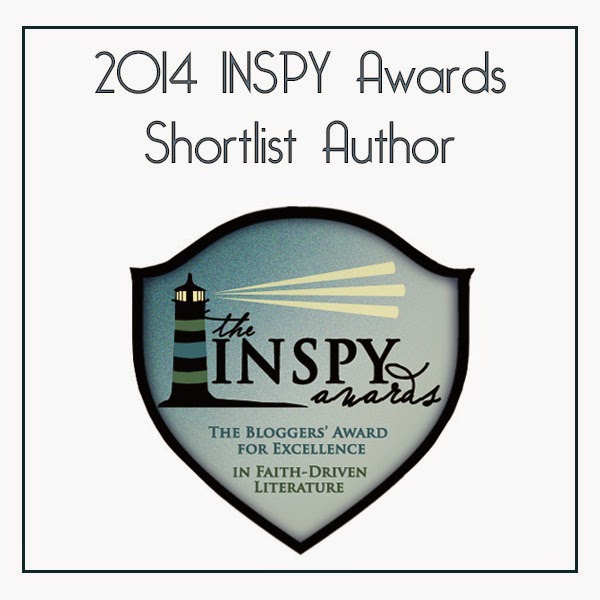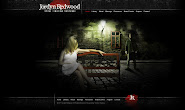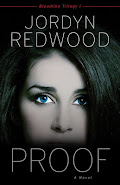Medications in World War II (Part 2)
Illness and injuries are a great way to build conflict and drama in your novel—but they’re hard on your characters. Be a nice author and learn how to treat them properly. In my World War II novels, A Distant Melody, A Memory Between Us and Blue Skies Tomorrow (coming August 2011), my characters suffer from pneumonia, combat injuries, and burns, plus the heroine in the second book was a nurse. Researching medical treatment of the time allowed me to include accurate period details.
On April 4th I covered the basics of medication use during the war years, and then today and April 8th I’ll review categories of medications available at the time.
Pain and Fever
 |
| WarCorr/PhotoBucket |
Cough, Cold, and Allergy
Cough syrups contained codeine or terpin hydrate with codeine. Ephedrine, phenylephrine, and phenylpropanolamine were available as nasal decongestants. Treatment of severe allergic reactions, such as anaphylactic shock, involved the use of adrenaline and morphine. Antihistamines and corticosteroids were not on the market yet.
Gastrointestinal
For nausea, sodium bicarbonate (baking soda) with or without peppermint was used. Laxatives included cascara, senna, castor oil, and mercurous chloride. Diarrhea was treated with belladonna or homatropine, but shortages of belladonna occurred due to the war.
Endocrine and Metabolic
For diabetes, insulin was available, but no oral medications. For hypothyroidism, thyroid tablets were given. Vitamins A, C, D, E, K, and the B vitamins were used, as were electrolytes such as sodium, potassium, magnesium, and calcium. IV fluids, such as dextrose 5%, normal saline, and lactated Ringer’s solution were also used.
Dermatology
Itching was treated with menthol, camphor, or calamine. Burns were treated with boric acid solution or ointments, and with petroleum jelly (Vaseline) pressure dressings.
Respiratory
Asthma attacks were treated with aminophylline, which was subject to shortages, and epinephrine (adrenaline). Ephedrine was used as a long-acting oral bronchodilator for asthma. Corticosteroids such as prednisone were not on the market yet, nor were inhalers.
Cardiovascular
Digitalis was used for congestive heart failure, amyl nitrate for chest pain, and quinidine for heart arrhythmias. Shock could be treated with adrenaline, ephedrine, or vasopressin. Heparin was used to dissolve clots, but oral anticoagulants such as warfarin were not available. For diuretics, doctors turned to theobromine and mersalyl-theophylline.
Psychiatric Medicines
Severe depression and schizophrenia were treated with electric shock therapy, or as of May 1940, insulin shock therapy. Camphor and metrazol were used for psychiatric illness, and lithium for manic-depression (bipolar disorder).
Sedatives and Stimulants
To treat anxiety or combat fatigue, various barbiturates were used, such as phenobarbital, amobarbital (Amytal), secobarbital (Seconal), and pentobarbital. These were also used for schizophrenic or manic patients when agitated. Chloral hydrate was used for sleep.
For pilots making long flights, the Army Air Force distributed Benzedrine (amphetamine) tablets and inhalers. Air crew escape kits also contained Benzedrine tablets.
Resources:
US Army Medical Department Office of Medical History. http://history.amedd.army.mil (Official site with full textbooks about military hospitals and medical treatment from 1775 to present).
WW2 US Medical Research Centre. http://www.med-dept.com (A large and thorough website containing lots of information about military medicine during World War II.)
Worthen, Dennis B. Pharmacy in World War II. New York: Pharmaceutical Products Press, 2004. (A comprehensive account of pharmacy practice in the military and on the home front.)
***********************************************************************
Sarah Sundin is the author of the Wings of Glory series from Revell: A Distant Melody (March 2010), A Memory Between Us (September 2010), and Blue Skies Tomorrow (August 2011). She has a doctorate in pharmacy from UC San Francisco and works on-call as a hospital pharmacist.


















I couldn't imagine being a nurse in those times and not having the medications I use now... like Albuterol/steroids for asthma.
ReplyDelete